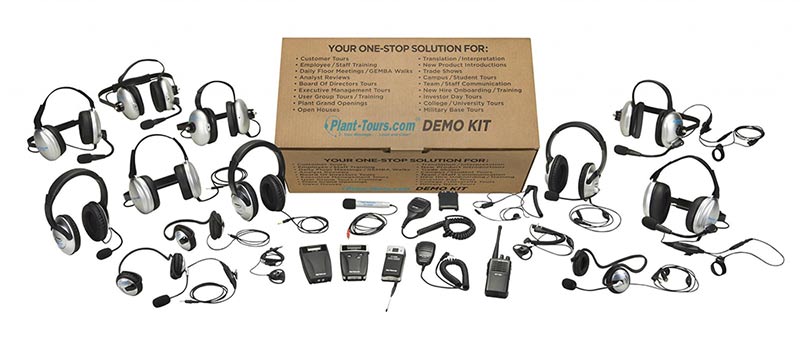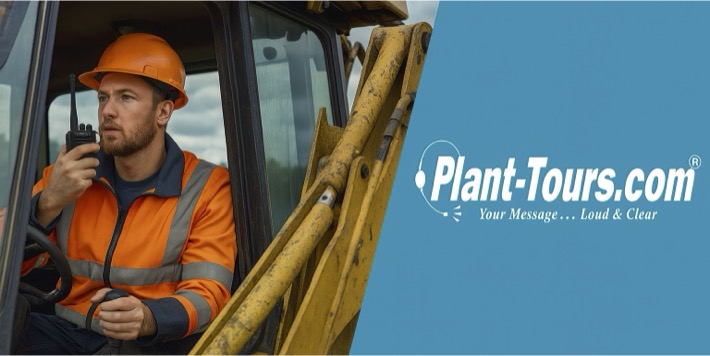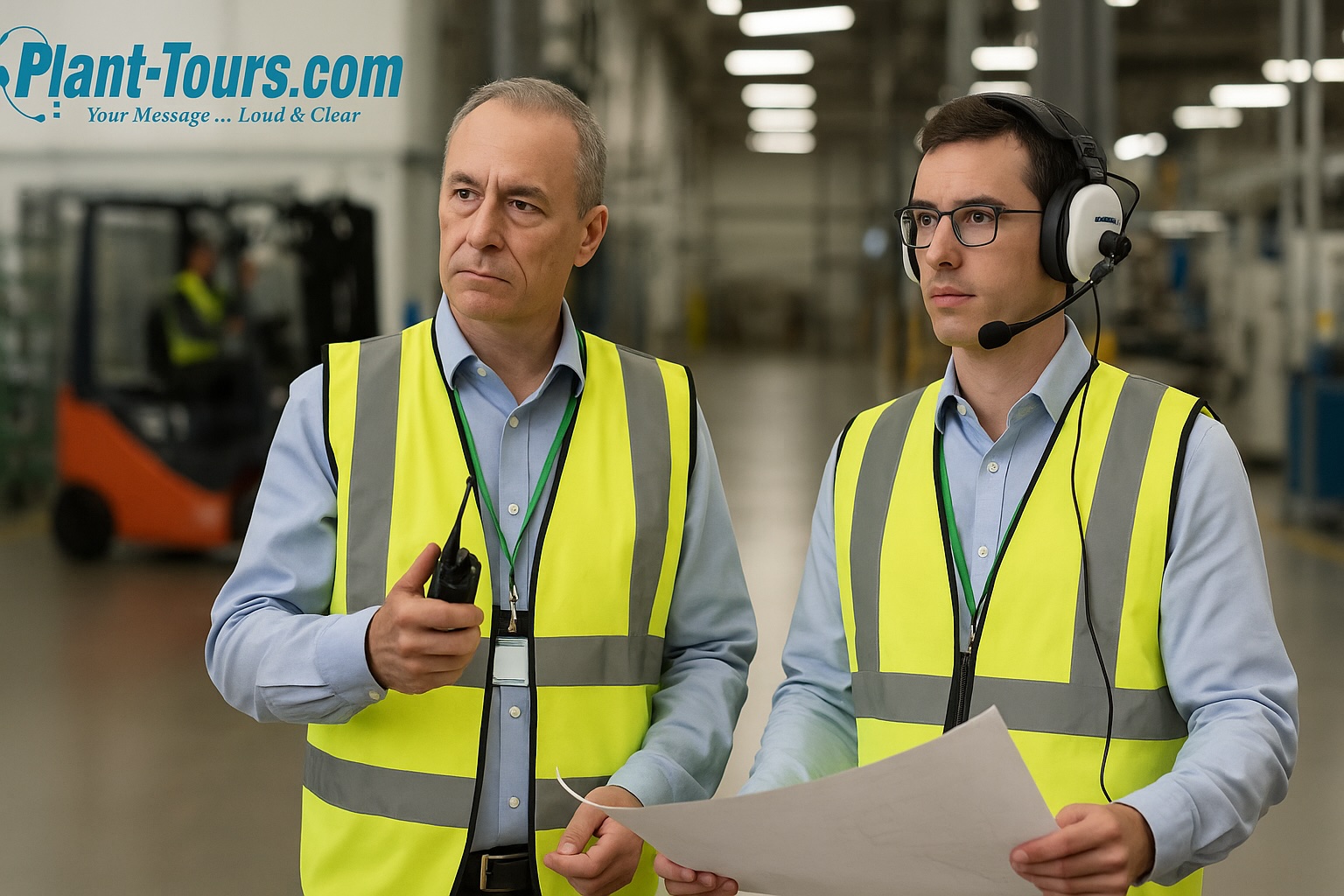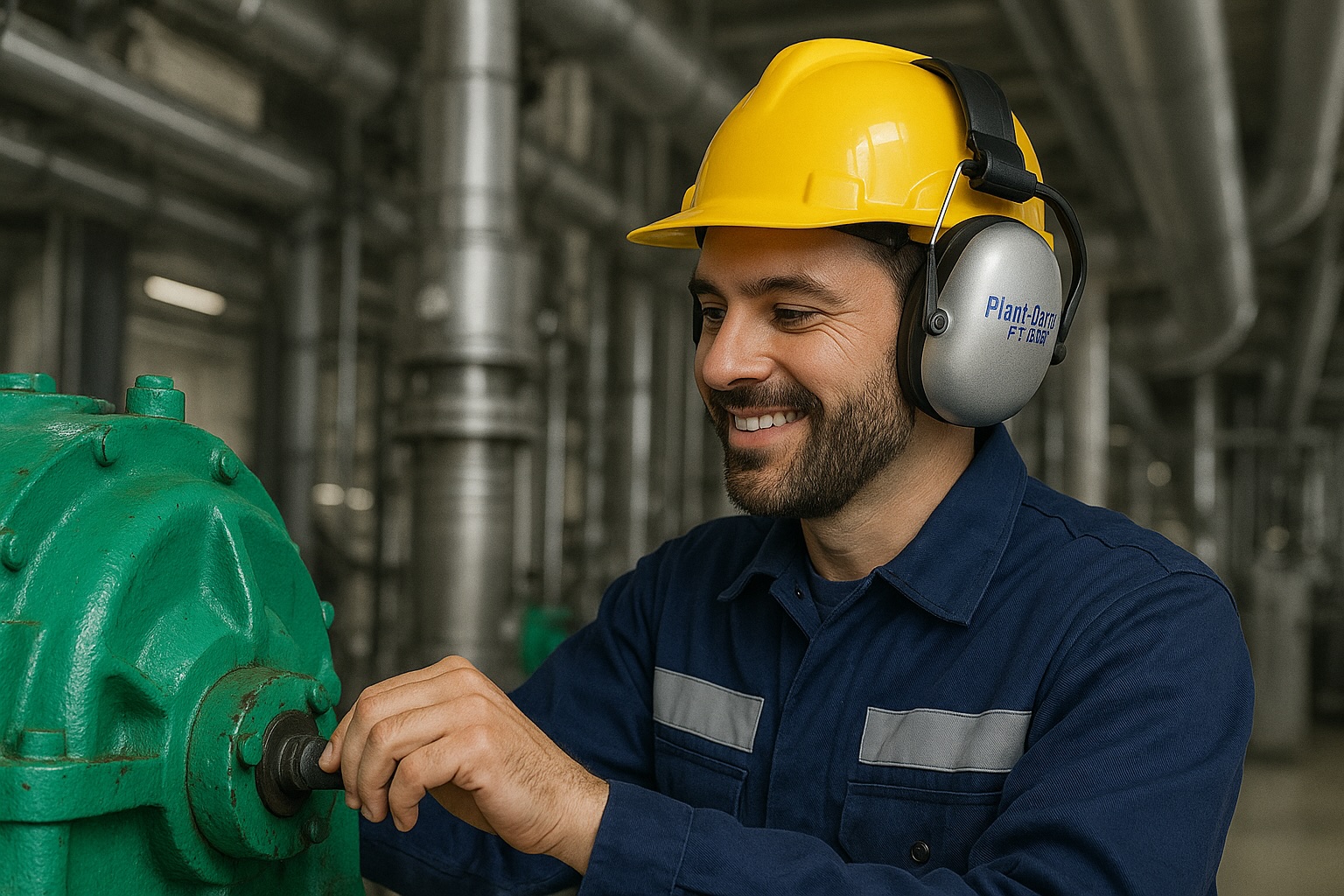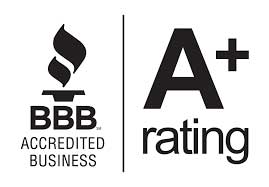The history of two-way radio communication from humble beginnings to modern-day applications is fascinating. Two-way radio systems remain integral to security operations worldwide today and have evolved over the last century to become indispensable tools for security professionals. The first security application dates back to 1923, when a basic but functional two-way radio system was installed in a police vehicle in Victoria, Australia. Though this system occupied the entire back seat of a squad car, it was a significant improvement over using stationary call boxes.
During World War II, these radio systems became much smaller, being handheld and, for the first time, called “walkie-talkies.” Today, two-way radios are digital rather than analog, much more compact, yet with much improved audio quality and range. They are also more versatile than ever, with features such as GPS tracking, multi-channels, and encryption. Two-way radios have stood the test of time and remain a preferred choice for security professionals today for several reasons. They are reliable and durable, easy to use, provide instant push-to-talk capability (unlike smartphones), offer long battery life, and quickly facilitate group conversations.
However, the capabilities and extensive feature list of modern two-way radio devices and their wide range of valuable applications sometimes make it tricky for companies to determine which devices best suit their needs. This brief guide details the range of communication devices available, how they fit into various security roles, and some tips on determining the best two-way radio options based on client feedback.

The Need for Effective Communication in Security Operations
Clear, two-way communication is fundamental for any security team to do their job effectively and safely. Coordination is critical as security guards and officers need to share info on the fly to work together, handle problems as they arise with minimum delay, and keep themselves safe. In potentially dangerous environments, effective communication devices and procedures can be lifesaving. The use of two-way radios and following the rules of radio etiquette allows a rapid and coordinated response that gets everyone on the same wavelength, ensuring all security personnel are working towards a common goal. This is only possible with the ability to quickly share critical information so everyone’s in the loop. Clear communication allows a comprehensive understanding of situations as they develop, so managers can make smart choices and direct prompt responses.
Security team members need a heads-up about potential dangers to their safety. Clear communication channels allow managers to alert team members, reallocate resources as needed, and coordinate with external agencies if required. The bottom line is that the ability to communicate effectively allows security teams to keep people, property, and assets safe and sound. Effective communication is not just nice to have – it’s a must-have for any security operation.
Understanding the Different Types of Two-Way Communication Devices
Outdated or unsuitable radio systems can compromise the safety of security teams and put them and the people they protect at risk. In a crisis, every second counts. Security personnel must communicate quickly and clearly over distance, even in situations with high background noise levels. We offer a range of two-way communication devices of various types to suit different budgets and operational needs. But the primary types of comms devices used by security teams include portable or handheld radios, mobile radios, desktop base stations, two-way radio headsets, and mobile phones:
- Portable Radios (Handheld Radios)
These handheld radios are compact, battery-powered devices specifically designed for mobile use and are commonly known as “walkie-talkies .” They are widely used in public safety and emergency services, law enforcement, hospitality and event management, recreation facilities, factories, and construction.
- Mobile Radios
Robust vehicle-mounted systems are typically used for longer-range communication in transportation and logistics settings.
- Desktop Base Stations
These powerful stationary units are often used in control rooms or dispatch centers in large-scale operations.
- Two-Way Radio Headsets
Specialized headset communication devices with built-in two-way radio functionality which are helpful in a wide range of noisy or hazardous environments
- Telephone Systems
Traditional landlines and mobile phones are also two-way communication devices. Landlines have obvious limitations, but security teams often use cell phones as backup communications.

How to Determine the Best Communication Option
Several factors must be considered when determining the best communication device for your security team. The size of the area or coverage required is a primary consideration. Simple VHF handheld radios will work well for smaller areas, but larger areas or multi-story buildings may need a more powerful system or repeaters to extend the range. Environmental factors such as background noise and physical obstacles also impact radio communications. Noisy environments like construction and manufacturing will require noise-canceling headsets. Our manufacturing clients have reported significant improvements in communication using these devices.
Areas with many electronic devices can also affect comms due to interference. Our customers have found that choosing digital radios with frequency-hopping or multi-channel technology works well to avoid interference in these settings. If radios are to be used outdoors in harsh weather conditions, then a high IP (Ingress Protection) rating is essential.
Specific team needs should also be considered, as different security operations have different requirements depending on team size, any need for private communication channels, and possible integration with existing communications equipment. For growing companies’ scalability is essential, so choosing a system that can grow with your needs makes sense. Battery life is another factor; requirements depend on usage and shift patterns. For security operations involved in handling sensitive information, there may be a need for radio encryption capabilities. Finally, check that communication devices comply with relevant regulations in your industry and region.
In addition to two-way radio communication tools, wireless emergency alerts on cell phones can be useful for first responders in emergency management settings.

Conclusion
When assessing communication needs, budget constraints always play a part. It’s essential to solve communication needs with a solution that fits your budget and to consider the upfront costs, long-term maintenance, and other ongoing expenses when planning a budget for communications tools and training. At Plant-Tours.com, we know from experience that it can be difficult for organizations to decide on the best communication options for different settings. Therefore, we offer free field tests with several equipment options for prospective clients still determining which system would work best for their venues.
We provide all the different headset options and combinations for you to test and evaluate at your location. This real-world testing has helped many of our clients identify the most suitable solution for their unique communication needs. There is no cost, nor is a credit card required – we even provide a complimentary label for you to return the equipment at the end of your trial. Find out more about the free demo kit here.

